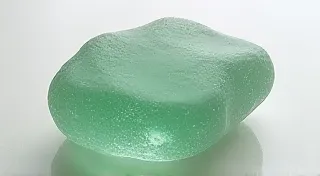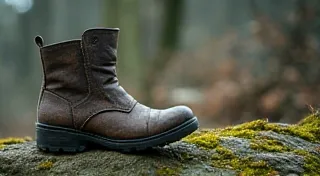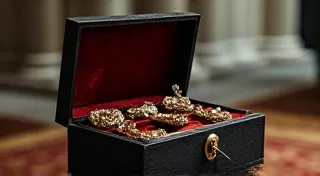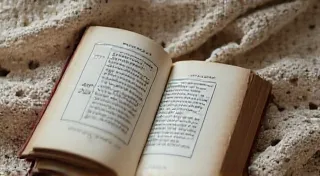Anatomy of Absence: The Button's Role in Clothing Deconstruction & Loss
The world of vintage button collecting is often about celebrating vibrancy – the gleam of celluloid, the intricate details of molded glass, the satisfying weight of metal. We admire the artistry, the craftsmanship, and the sheer beauty of these miniature treasures. But there's a quieter, more poignant facet to our hobby: the discovery of buttons adrift from their original garments, whispering tales of loss and transition.
Consider the abandoned dress found in an attic, the worn-out coat discarded by a thrift store, the tattered overalls unearthed during a demolition. These remnants of clothing possess a silent eloquence, and within their unraveling, the buttons become fragmented narratives.
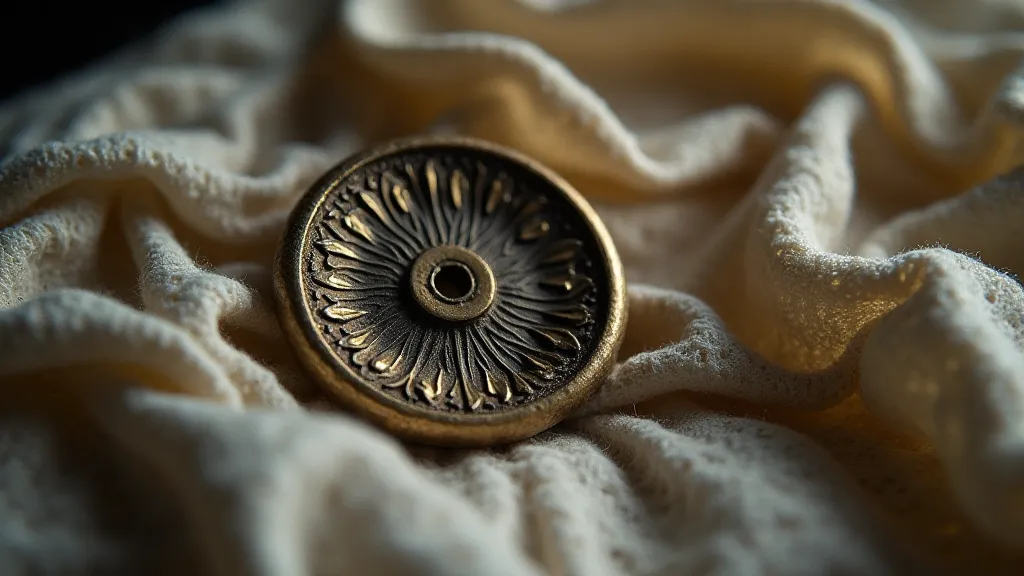
The Button as Witness
A button isn’t just a fastener; it's a silent witness to a life lived. It saw laughter and tears, celebrations and sorrows. It clung to a child's favorite cardigan, danced at a debutante’s ball, marched alongside soldiers in uniform. When a garment is lost, discarded, or destroyed, the buttons, if they remain, become the only tangible connection to that history. They are physical echoes of a vanished moment.
I recall finding a small box of buttons at a flea market several years ago. Most were commonplace, unremarkable – simple plastics and horn. But nestled within was a single, beautifully carved mother-of-pearl button, its surface etched with a delicate rose. It came with a faint scent of lavender and a palpable sense of loss. I imagined a woman carefully sewing it onto a cherished dress, perhaps for a special occasion. What happened to her? Where did the dress go? The button offered no answers, only a poignant mystery.
Historical Context: Button Evolution and Garment Longevity
The story buttons tell is intrinsically linked to the history of clothing itself. Early buttons were expensive and often indicators of wealth – often made of precious metals and adorned with jewels. These were rare and treasured. As manufacturing techniques improved, buttons became more accessible, evolving from hand-carved bone and horn to the mass-produced plastics and metals we associate with vintage clothing.
In earlier eras, clothing was an investment. Garments were repaired and repurposed, not discarded. Buttons were carefully saved and reused. A missing button wasn’t a cause for disposal; it was an opportunity to add a new element – a contrasting color, a unique design – to an existing garment. This practice speaks volumes about a time when resourcefulness and frugality were virtues.
Contrast that with the disposable fashion of the late 20th century. Fast fashion encouraged constant turnover, leading to a culture of replacement rather than repair. This shift significantly altered the fate of vintage clothing, and subsequently, the abundance of orphaned buttons we find today. The history of buttons, therefore, mirrors the evolving relationship between people and their clothes—a journey from necessity and reverence to convenience and obsolescence.
Craftsmanship & the Art of Repair
Examining a vintage garment, especially one bearing the marks of age and wear, offers a fascinating glimpse into the craftsmanship of a bygone era. The way a button is sewn, the thread used, even the placement—all reveal details about the skill and care invested in the garment’s creation. The most common method historically was a sturdy, often hand-stitched attachment. While machine-sewn buttons became prevalent later, the earlier examples show a meticulous dedication to detail that is rarely seen in modern manufacturing.
Sometimes, a button replacement reveals a surprising narrative. A mismatched button, clearly added years after the garment’s original creation, speaks of a desperate attempt to extend its lifespan. A button of a different material or design can suggest a repair undertaken by someone with limited resources or a creative flair. These seemingly minor details provide valuable insights into the garment’s journey through time and the hands that cared for it.
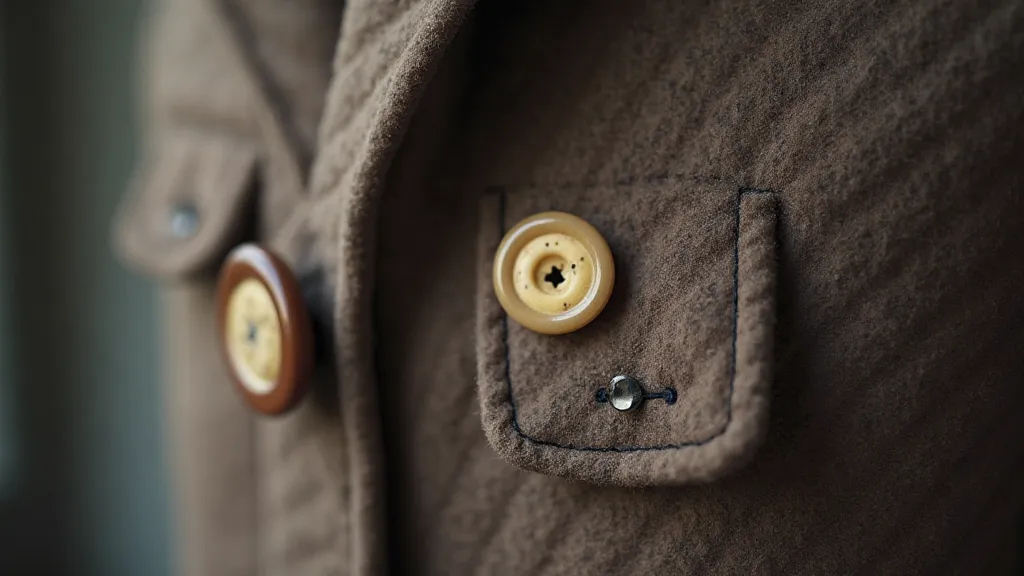
The Emotional Resonance of Absence
Collecting vintage buttons isn’t solely about aesthetics or historical accuracy. It's about connecting with the stories embedded within these tiny objects. It’s about acknowledging the lives they’ve touched and the moments they’ve witnessed. The act of finding a single button, separated from its original context, can evoke a profound sense of melancholy – a recognition of loss and the passage of time.
The absence of the garment itself intensifies the button’s narrative power. It forces us to imagine the dress it adorned, the person who wore it, and the circumstances surrounding its disappearance. It sparks our curiosity and encourages us to create our own stories—to fill in the gaps and breathe life back into the fragments of the past.
Collecting and Restoration: Respecting the Narrative
For collectors, the discovery of orphaned buttons raises a unique ethical consideration. Do we attempt to reunite them with their original garments, or do we preserve them as independent artifacts, allowing their stories to stand on their own?
While restoration can be a rewarding endeavor, it’s essential to approach it with respect for the button’s history. Replacing a missing button with a modern replica diminishes its narrative integrity. The beauty of a vintage button lies not only in its appearance but also in the marks of age and wear—the signs of a life well-lived. Preserving the button's patina, its subtle imperfections, honors its story.
Sometimes, the most meaningful act is simply to acknowledge the button’s absence—to recognize that it is a fragment of a larger narrative, a testament to the ephemeral nature of material possessions and the enduring power of memory. The button’s story doesn’t require completion; it thrives in the realm of the imagined, the speculated, the remembered.
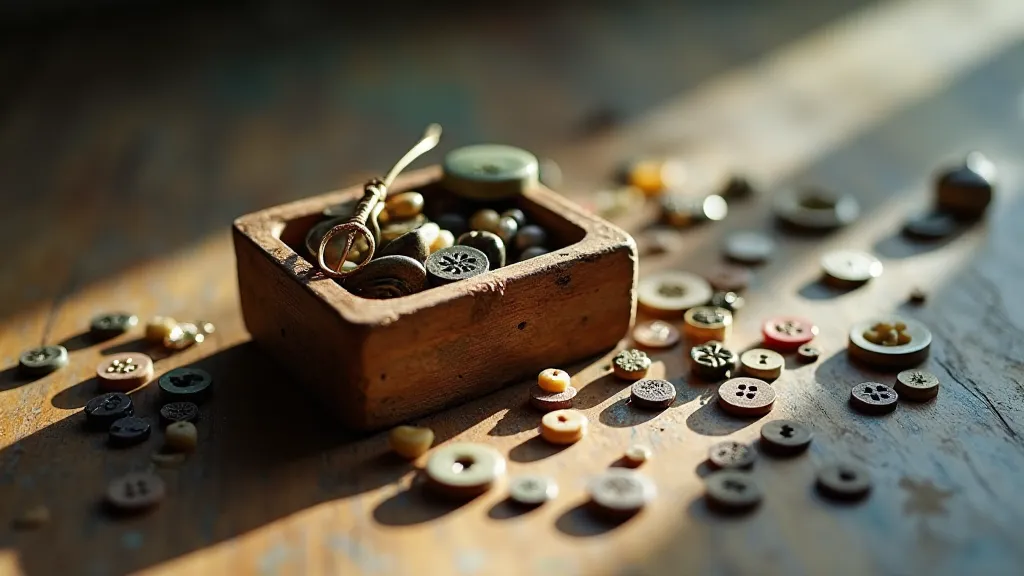
A Quiet Legacy
The journey of a vintage button is a microcosm of the human experience: creation, use, loss, and rediscovery. By collecting and appreciating these tiny treasures, we not only preserve a piece of history but also honor the countless individuals who created, wore, and cared for the garments they adorned. We become custodians of their stories, ensuring that their memories endure, one button at a time.
